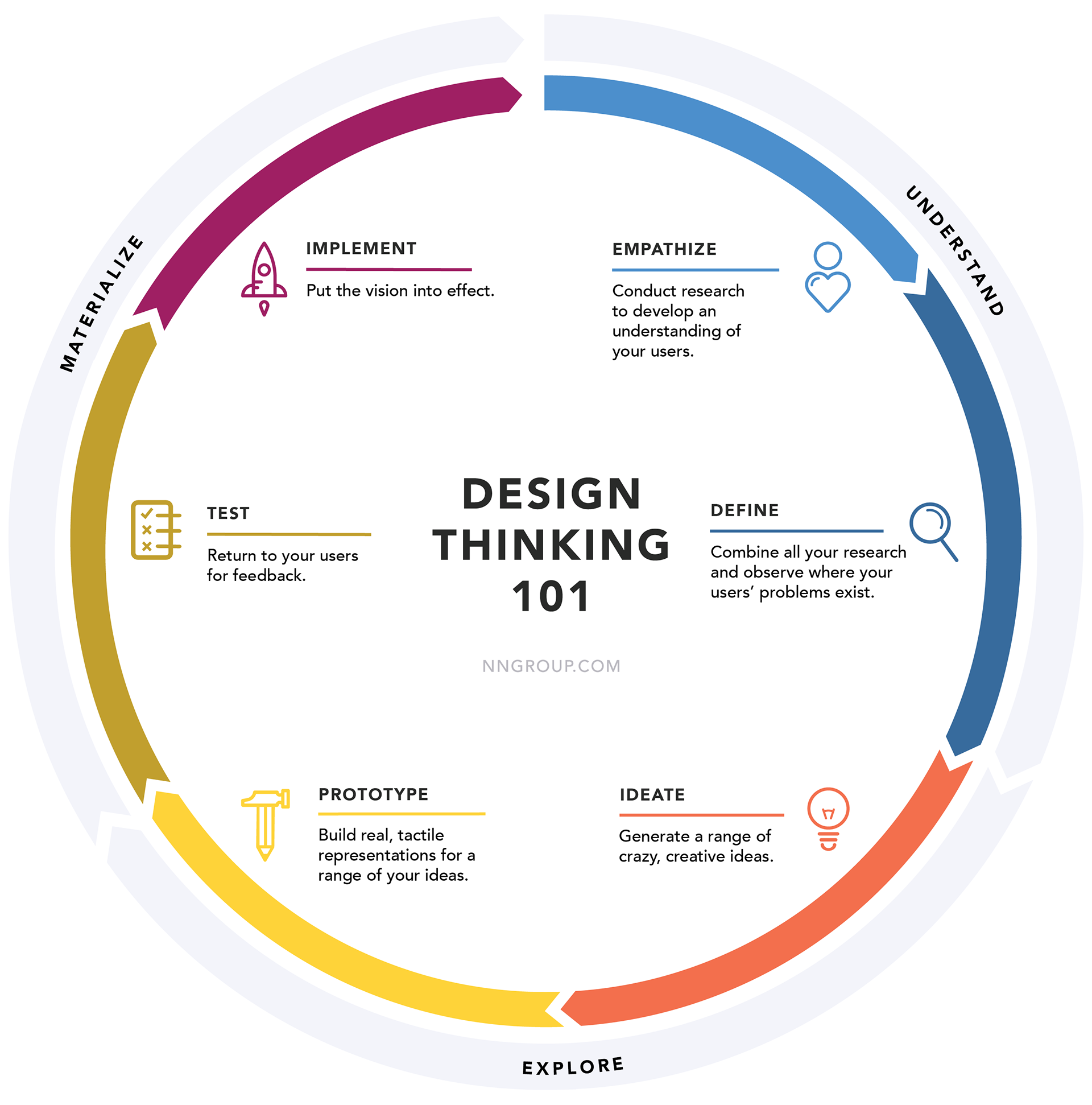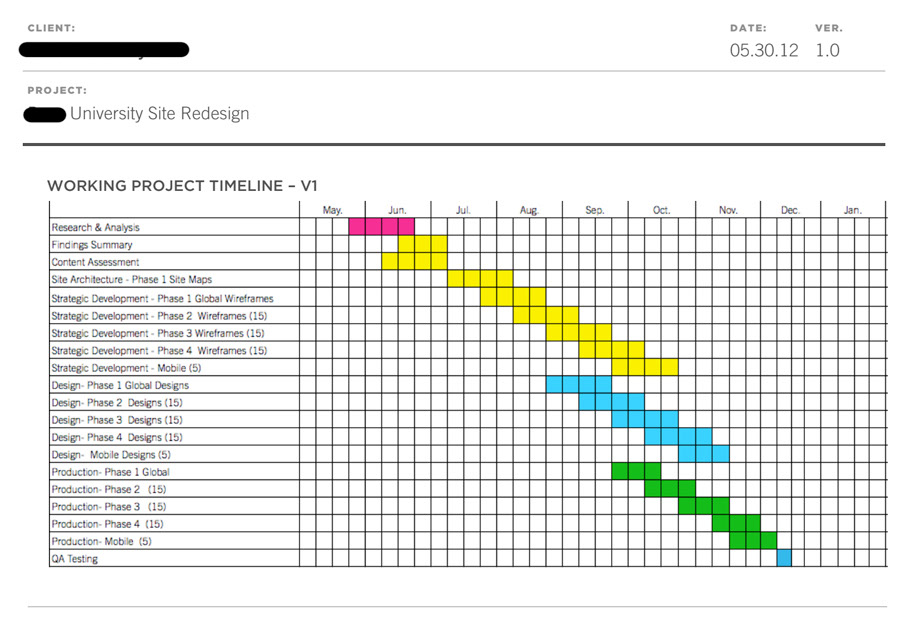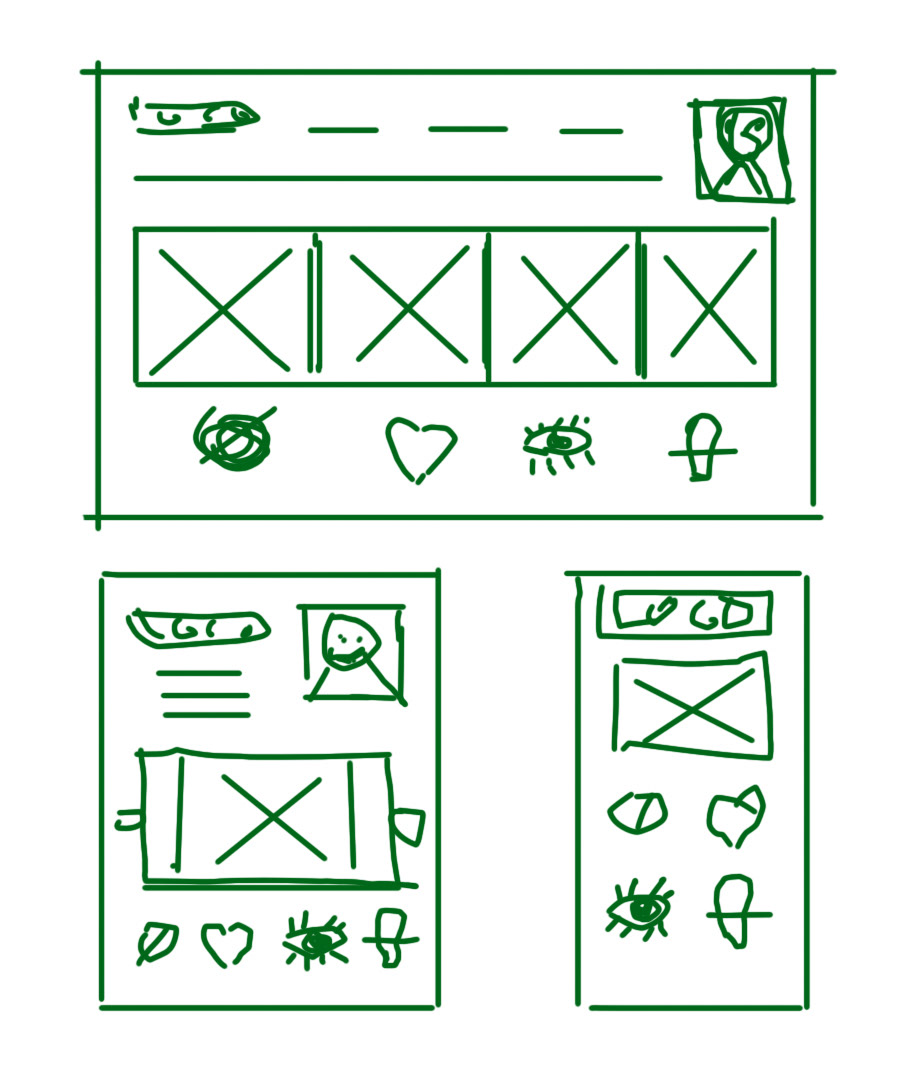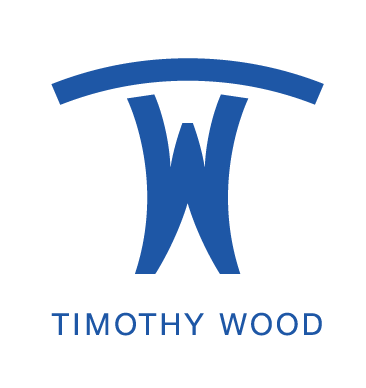Lately there has been attention to design process in addition to results. That makes sense to me because I LOVE THE PROCESS.
I've had much success, won awards, and very confident in my abilities. I've also solved problems along the way as part of the process, and those solutions are valuable lessons that I carry along to the next assignment. Process is education. Process to me, is the reward.
I'm using The Nielsen Norman Group's Design Thinking 101 as a great reference. It applies to any design-oriented project.
Research and Requirements
What's the assignment? Who's the audience? What's the budget and timeline? I need to know. I ask questions. I ask what they don't want- because it's the easiest answer. Clients don't always have their research complete and may need assistance. Ideally, they know their users and have data (qualitative and quantitative) to begin to define next steps and outline the project.
What's the assignment? Who's the audience? What's the budget and timeline? I need to know. I ask questions. I ask what they don't want- because it's the easiest answer. Clients don't always have their research complete and may need assistance. Ideally, they know their users and have data (qualitative and quantitative) to begin to define next steps and outline the project.
Ideate (aka Concept)
The "fun" part of the process and where I excel. Brainstorming is the opportunity to empty your brain out onto the table and sift through all of it in a group setting. I can guarantee I will ask a question or pose a scenario that will spark a conversation that will ultimately drive the result.
The "fun" part of the process and where I excel. Brainstorming is the opportunity to empty your brain out onto the table and sift through all of it in a group setting. I can guarantee I will ask a question or pose a scenario that will spark a conversation that will ultimately drive the result.
First Drafts and Prototypes
Even more fun! This is where we begin to see possibilities and problems. Work it out, look at it, push some buttons, look at it from across the room. Does it fit? Is it readable? Should we move ahead or scrap it? If the research is accurate and the concept is solid, we can move forward with nominal edits. Preparation and planning are the foundation we build upon.
Even more fun! This is where we begin to see possibilities and problems. Work it out, look at it, push some buttons, look at it from across the room. Does it fit? Is it readable? Should we move ahead or scrap it? If the research is accurate and the concept is solid, we can move forward with nominal edits. Preparation and planning are the foundation we build upon.
Testing
Ok, I covered a bit of this in prototyping but testing can be more than one approach. Is it A/B or UAT? Interviewing or observing users? Checking a UI against a spec sheet? Plan accordingly for the best results.
Ok, I covered a bit of this in prototyping but testing can be more than one approach. Is it A/B or UAT? Interviewing or observing users? Checking a UI against a spec sheet? Plan accordingly for the best results.
Production and Results
Final destination or another part of the process? It's not the end, because the process never ends. We conceived, designed, tested, reviewed and now released to our audience. From here we gather feedback and get valuable responses from users.
Final destination or another part of the process? It's not the end, because the process never ends. We conceived, designed, tested, reviewed and now released to our audience. From here we gather feedback and get valuable responses from users.
What's next?
We take what we've learned, gathered more data from our new release and go from there. Continue the process.
We take what we've learned, gathered more data from our new release and go from there. Continue the process.



